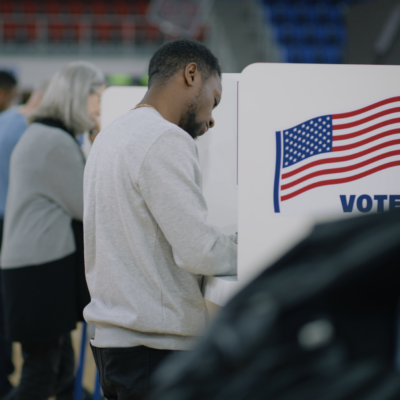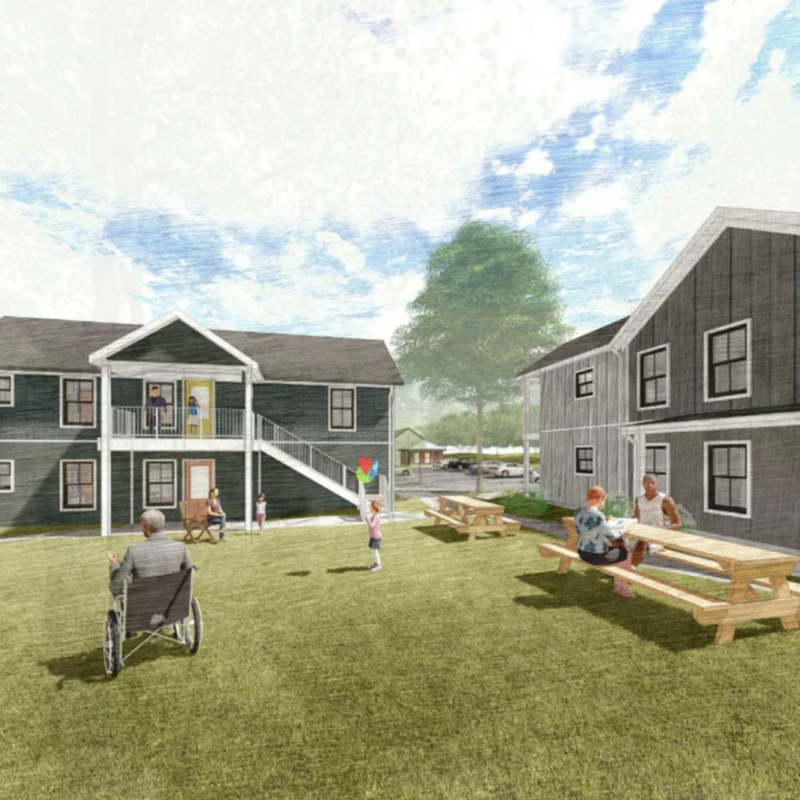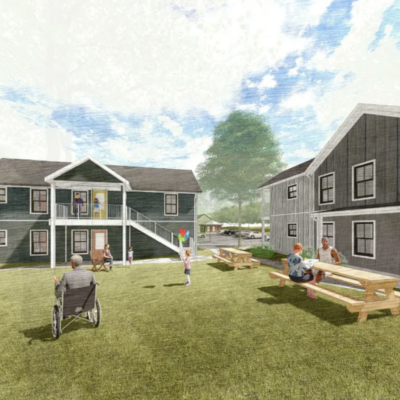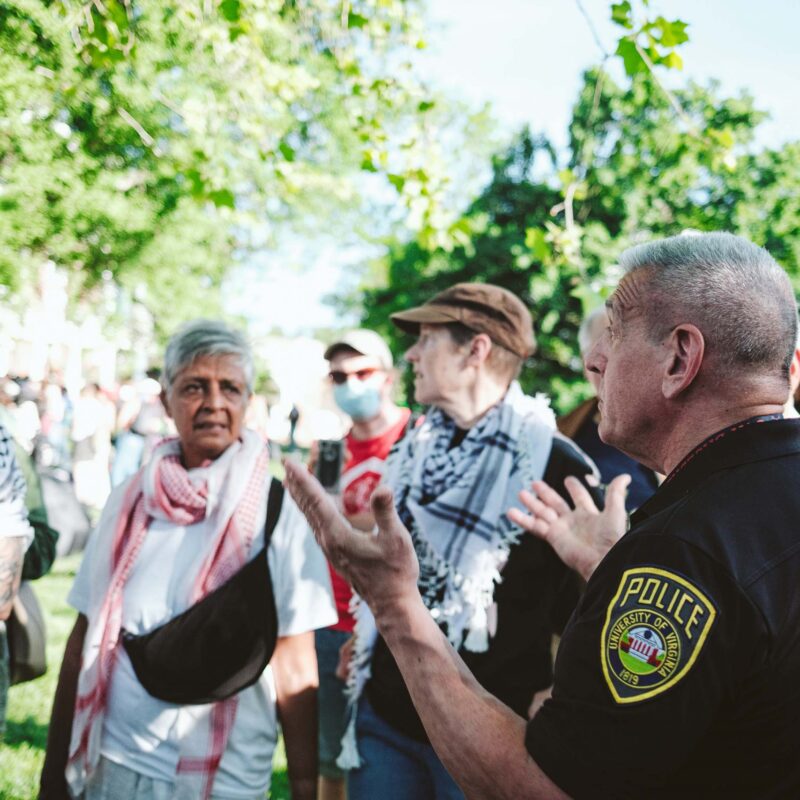Red Light: Stop!
After trial runs in Northern Virginia and Virginia Beach, “photo-red” technology—a system of cameras designed to snag pictures of red light runners—seems poised to make drivers around the state think twice about arriving at busy intersections “fashionably late.” Virginia’s House of Delegates approved a preliminary version of the legislation on February 5 that would allow governments in cities and counties with populations larger than 10,000 to choose whether to implement the cameras.
After a generous grace period of one-half second, any vehicle caught moving through an intersection during a red light will be photographed. At present, the bill lists a fine of up to $50 for first-time offenders.
Albemarle Police Chief John Miller has named the intersection of Route 29 and Rio Road as an ideal place for such enforcement, and Charlottesville Police Chief Timothy J. Longo has offered the Barracks Road/Emmet Street intersection as another key spot. So stay out of the red!
Yellow Light: Slow down!
According to City Councilor Kendra Hamilton, the City of Charlottesville plans to collaborate with AAA’s Richmond office on a “speeding awareness campaign.” While dates and funds have not been set in stone, Hamilton hopes that the campaign—a series of public service announcements to air on local stations—will kick off as early as this May.
Hamilton blames a large portion of the traffic problems in the city on a lack of respect for the “natural speed” of roads around town. She mentions fellow Councilor Kevin Lynch’s shelved proposal to set a citywide speed limit of 25 miles per hour as a great plan at first glimpse. “But after hearing from a few engineers, [the city] decided that roads have their own speed,” says Hamilton. “If you lower a speed limit, a road may still allow someone to go faster, and you’ve created an enforcement problem for yourself.”
Wendy Van Curen, a spokesperson for AAA, confirms that plans with the city are in an early stage. “We are going to support the campaign, but we are still determining what our role is going to be,” she says.
Green Light: Go!
They’re not optimists. They are the 9,656 AAA members in Charlottesville and the 19,785 in Albemarle County—a total of 29,441 bundles of nerves just waiting for disaster to strike their rides. Fortunately, one of the country’s largest roadside assistance programs plans to make that seemingly unavoidable auto-related disaster less nerve-wracking.
The “new face” of AAA, according to Martha Meade, public affairs manager for Virginia, “is an ‘on the go’ strategy.” The company, which provides roadside assistance to paying members, wants to cut down on the time you spend waiting for a tow-truck—or simply cut out the towing altogether.
“When your car breaks down, you don’t necessarily want it towed,” says Meade. “You want it fixed.” Meade says that AAA phone operators will do their best to analyze calls concerning auto problems so that they can determine whether a situation may be solved without a trip to your local grease monkeys. Services currently available “on the go” include battery trucks and “tire slime,” a gel that patches tire holes when injected.





